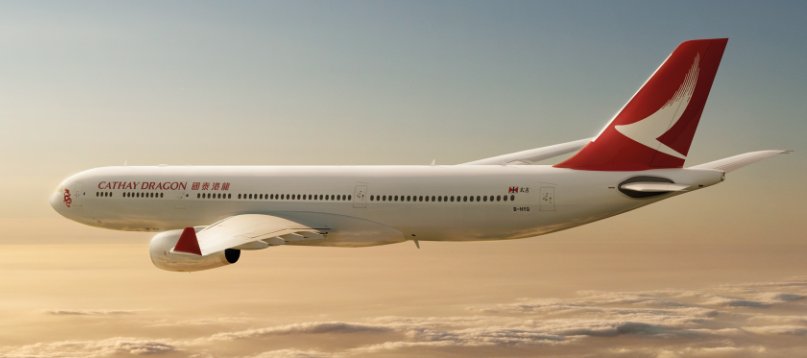Hong Kong-based Cathay Pacific Group has announced the latest stage in its development as it realigns its brand strategy to offer a more joined-up approach to travellers. Having recently refreshed its own iconic Cathay Pacific Airways brand, its wholly-owned sister airline is to be rebranded as Cathay Dragon.
Although the two will continue to fly as separate airlines, operating under their own licences, the rebranding will enable the group to capitalise on Cathay Pacific’s high international brand recognition and leverage on Cathay Dragon’s unique connectivity into Mainland China – one of the world’s fastest-growing business and leisure travel markets.
Since Dragonair became a wholly owned subsidiary of Cathay Pacific in 2006, it has added 23 new destinations and the number of passengers travelling across both carriers has grown five times to more than seven million in 2015. The combined annual passenger number of the two airlines grew from 22 million to more than 34 million last year.
This spectacular growth has been made possible by the Cathay Pacific Group’s efforts to channel international passengers to and from Mainland China, regional and long-haul markets through Hong Kong International Airport and the new branding strategy will enable it to offer greater convenience and a more seamless travel experience.
“We are very proud of what we have achieved together. Cathay Dragon is a brand that will be recognisably part of the Cathay Pacific Group for our customers from different parts of the world. The rebranding will enable us to capture the fast-growing passenger flows across the two carriers by creating a more seamless travel experience,” said Ivan Chu, Chief Executive Officer, Cathay Pacific.
“We are building on what is a true Hong Kong success story that has made our city a leading international aviation hub and gateway to and from Mainland China markets. This rebranding will sharpen our competitive edge by offering an attractive Cathay-led brand package that carries the assurance of a consistently high-quality customer experience,” he added.
The rebranding will see a new livery created for Cathay Dragon that features a Cathay-style brushwing logo. This livery will appear for the first time on one of Cathay Dragon’s Airbus A330-300s from April and will be progressively introduced to the rest of the airline’s fleet.

The livery was redesigned to align Cathay Dragon more closely with Cathay Pacific and express the partnership and shared brand values between the two airlines and to create a seamless brand experience for passengers. But, while using the Cathay name and iconic brushwing logo shows the relationship and premium service in a clear and simple way, the distinctive red of Dragonair is retained to differentiate the business, but with a slightly deeper and richer tone.
“The Chinese dragon emblem is well-known throughout the region and we wanted to retain this icon in the redesign. It celebrates our heritage and at the same time, looks towards the future with a timeless, yet contemporary, elegance. We have subtly updated the image, adding a slight colour gradient to the dragon’s back and simplifying some of the details. It will feature on the nose of every aircraft,” said Algernon Yau, Chief Executive Officer, Cathay Dragon.
Analysis of schedule data from OAG shows the mainland China focus for Cathay Dragon. The airline’s current network consists of 54 destinations from Hong Kong, 21 of which are in mainland China. Last year, its mainland China network accounted for almost two thirds of its total network capacity (64.5 per cent) with eight of its ten largest markets by capacity from the country, comprising Shanghai, Beijing, Hangzhou, Xiamen, Fuzhou, Nanjing, Guangzhou and Chengdu. Its largest network points outside of mainland China comprise Kaohsiung and Taipei in Taiwan and Penang in Malaysia.
Cathay Dragon currently provides over 4.1 million annual seats between Hong Kong and mainland China versus just 500,000 currently offered by Cathay Pacific on a limited network that covers just Beijing and Shanghai, but markets which will see frequency and capacity growth in 2016. The re-aligned branding will enable the carrier to better leverage the network of its regional operation and provide alternative connection opportunities via Hong Kong International Airport to its own international air services.
